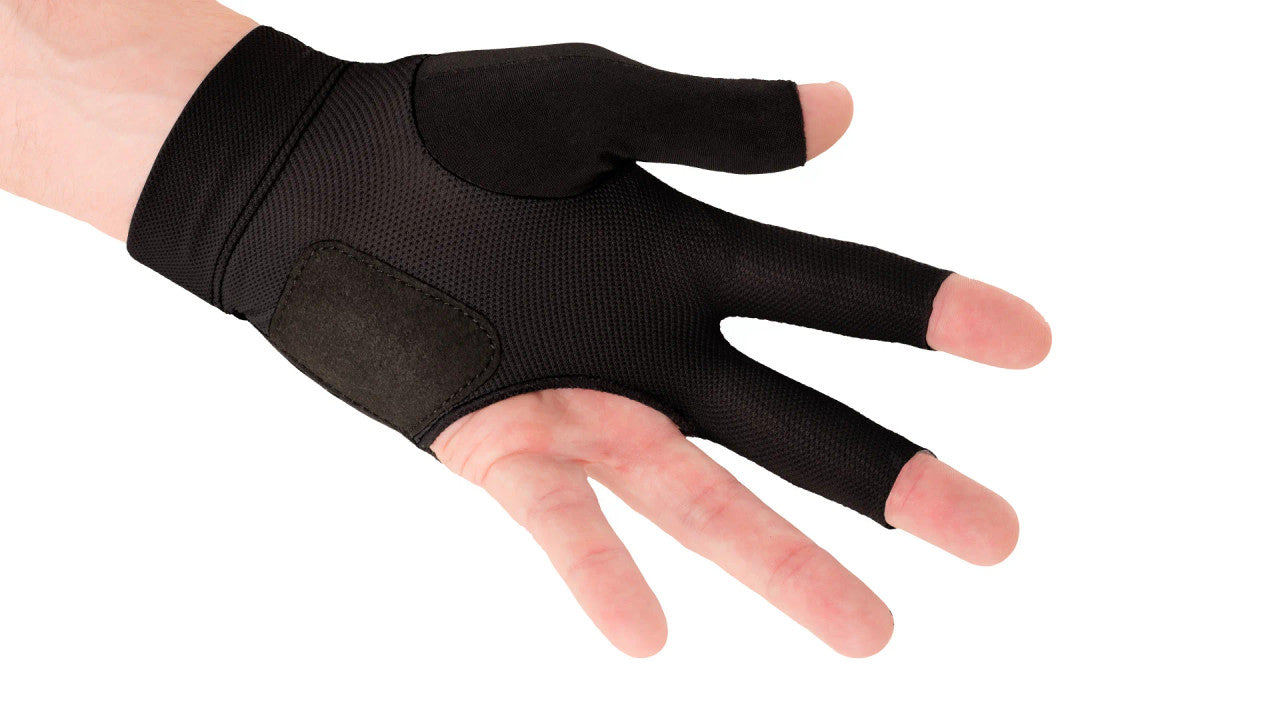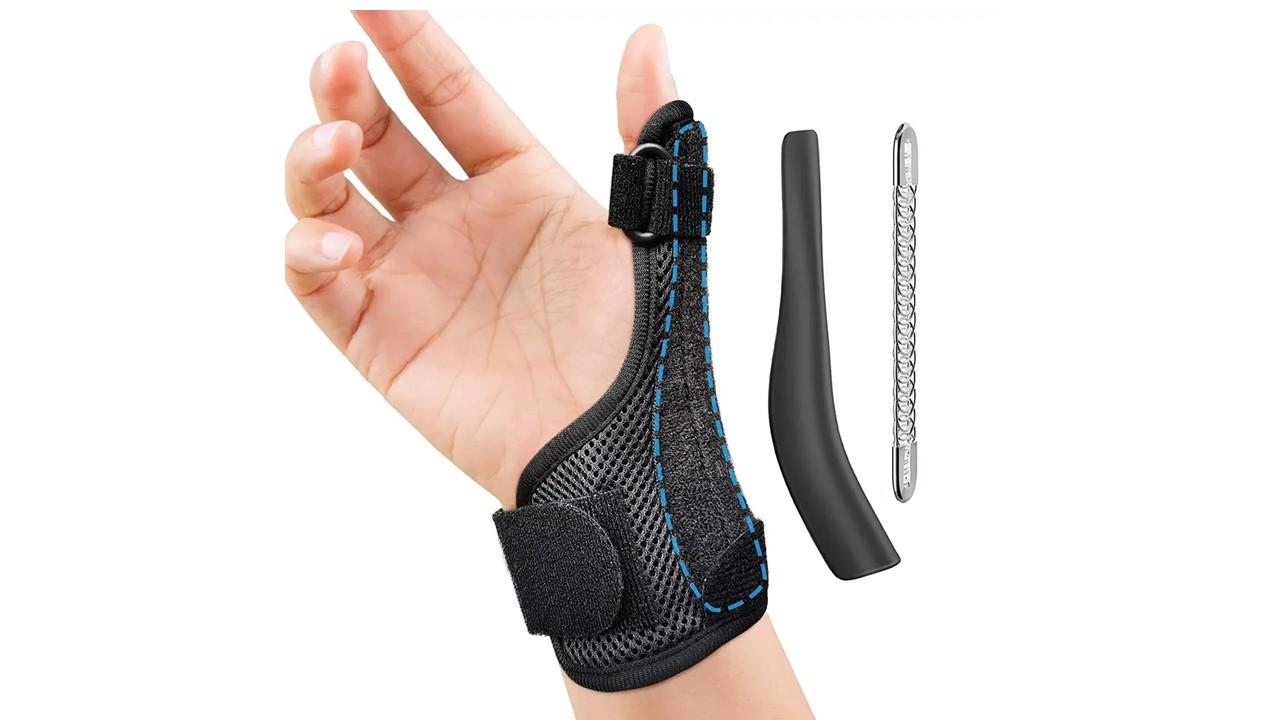For treating back pain, no matter whether it is injury, postural or pathological, there are two generally used options of back support and the back brace. They are usually interchanged, but their purposes are different, and their design, as well as the best usage scenario also differ.
What Is a Back Brace?
Back brace A back brace is a rigid, most commonly rigid orthotic preventive device used to restrict spine movement and stabilise it. Health care experts usually prescribe it to treat medical conditions that need immobilization.
Types of back braces include:
Rigid braces: consists of molded plastic, and metallic enhancers that limit the movement of the spinal cord by 50-65 percent.
Semi - rigid RTs: Elastic with serious stiff panels to provide moderate support.
Soft braces: elastic or neoprene corsets with compression and gentle limiting mobility.
Common uses:
Post surgery care (e.g. spinal fusion, fractures): braces provide support in the critical areas of acute healing.
Chronic: osteoarthritis in the spine, spondylolisthesis, stenosis, herniation of discs of the spine-- to eliminate painful micromotions.
Adolescent scoliosis: fibrotic braces such as the Boston or Milwaukee type arrest the position of scoliosis or correct it.
Benefits:
Major immobilization of the spine to heal and straighten up positioning.
Offloading and compression of the pain.
Orthotists are able to fit dispensable to the exact injury specifications.
Limitations:
Short time use only-long usage may cause muscles to shrink.
May limit movement and make the skin uncomfortable when badly cuffed.
Choosing Wisely
Choose back brace in case of:
You have spinal trauma or spinal surgery.
Structural condition such as herniated disc, stenosis, scoliosis is known to be present.
You have been given medical advice or prescription.
Select back support when:
You experience seated or light lift induced daily back fatigue.
You desire backrests or back pain easages.
You require unrestrictive aids to carry out the daily activities.
Precautions And Best Practice
Wear braces temporarily and with expert assistance: Avoid mid-way core underpower and do so under expert judgment and along with physical therapy.
Supports are not magic: They reassure, but complement active measures such as muscle strengthening, stretching and ergonomic workstation adjustment.
Fit: Either the brace or the belt, be sure of the right size, otherwise it may be painful, cause skin problems or it may not offer adequate support.
Final Takeaway
A back brace is a medical appliance that has been designed to accommodate rigid spinal support and immobilization in cases of injury recovery or body structural corrections. A back support gently presses and supports posture which is ideal to be used in a day-to-day situation and minor strain. Being aware of the differences between these two allows you to make sure that you use the relevant device, and preferably one that is expert-assisted, in order to enjoy healthier spinal health.





Leave a comment
This site is protected by hCaptcha and the hCaptcha Privacy Policy and Terms of Service apply.